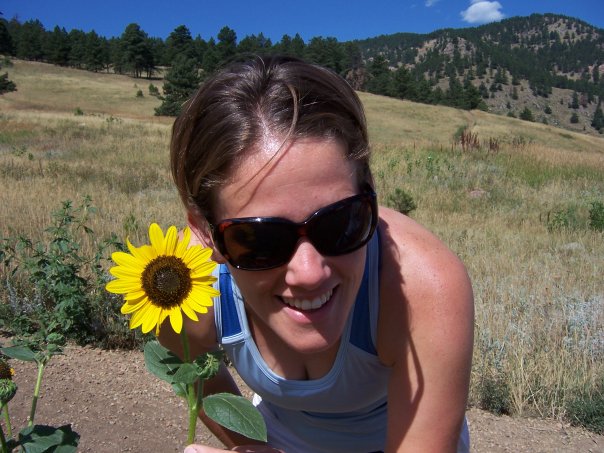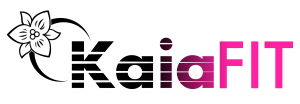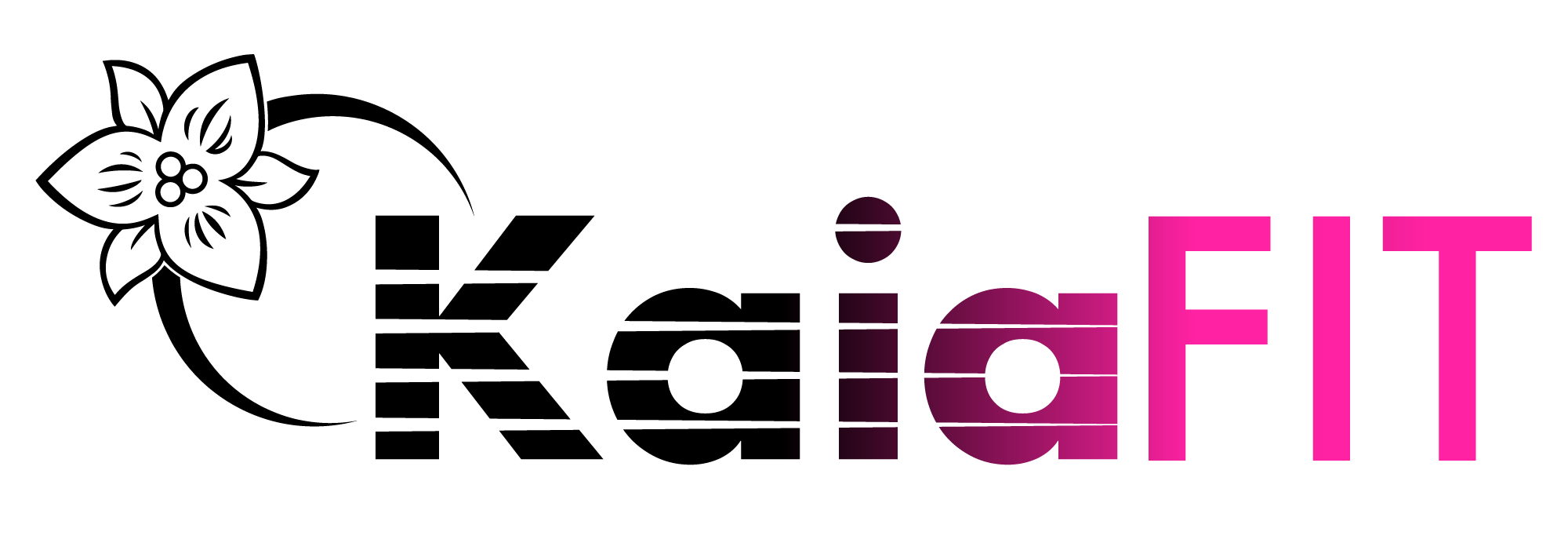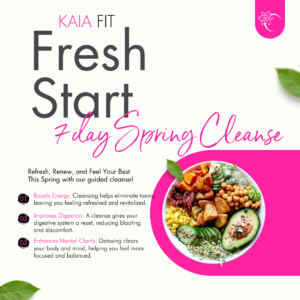Each session we focus on a specific movement and our workouts focus on these movements. These movements are put together for us by our amazing workout writer Carina Abrams of Drive Sports Lab. Here is a behind the scenes look on how our workouts come together.
As with much of our training, let’s start by thinking about real life. Say you want to pick up a child
or push a couch or get a bike onto a roof rack. Full body effort and involvement, right?! In order to accomplish almost any task, our bodies are employing multiple muscle groups all offering the
exact right amount of support for the job. This Brik, as we push the limits and pull each other to
the next level in fitness and wellness and life, we’re focusing on the push and pull patterns. Not
all that complex, really, when you want to push something, you push, if not, you pull. But how we
bring that into training is what’s fascinating…
In order to create a push pattern, like a push-up, shoulder or chest press, we need shoulder flexion
(raising the arm against gravity), elbow extension (straightening), scapular protraction (shoulder
blade moving forward), anti-extension of the spine (resisting back bending). If we include the legs
(which we do) we need hip and knee extension (as in a step up) and ankle plantarflexion (rise up to tiptoes). When a push pattern exercise employs all of these something magic happens and
training mimics life! BUT, we can’t train this way all the time! No! We need balance with the
opponents of these muscle groups: the PULL pattern!
In the pull pattern, we need shoulder extension (arm moving back and down), scapular retraction
(shoulder blade moving back and down), elbow flexion (bending), grip strength, trunk and maybe
hip and knee flexion (bending).
We call on these fundamental movement patterns in so much of our training, including yoga, climbing, paddling, throwing, swimming…. And guess what?! When we chunk these down and build them back up on a more solid foundation, we find big improvements. So our exercise progressions around the push and pull patterns are going to involve more than just your arms so that as you take it from the gym into your favorite playground, your whole system is ready!
You will call on your pectorals (“pecs!”), latissimus dorsi (“lats!”), biceps, triceps, rotator cuff, and
many many scapular stabilizers. There are close to 30 muscles that attach to each shoulder blade and you can bet that arm movement gets way better when they’re on board. Of course, your trunk (fine, call it “core” if you want) gets in here too, resisting flexion, extension, side bending, and rotation of the spine, or moving the spine and hips into the necessary positions. As such, much of our push and pull pattern exercises are going to involve getting the shoulder girdle, trunk, and hips firing on all cylinders and playing well together. Some of these changes are made with oddball exercises that may use no or low resistance, in which we’re trying to train the nervous system for enhanced control in order to allow the muscles to work together efficiently. These exercises are not easy, but it’s a different kind of work that may feel different than your traditional training. We’re going to work both arms at times, and only one arm at times, since unilateral or one-sided movement is how we play our sports and live our lives, and we’d like our brain to be able to handle the coordination in either condition.
Check out @drivesportslab on IG and the Drive Sports Lab YouTube channel to find the keys to unlock this upper body performance!
How can we tell if we’re getting better? Pull-up max reps? Not a good gauge for many of us. And maybe there are more barriers to your pull-ups than pure upper body strength, so maybe we can measure pulling effectiveness in a different way. This test was developed to test power in the pulling pattern. It’s fun and it gives us lots to work with.
SIT UP AND THROW TEST: (not sit and throw up an important distinction)
● Using a light-med ball (ideally 1 lb per 20 lb of body weight, but just estimate and make sure you use the same ball for repeat testing)
● Do NOT do this test if you are currently dealing with back pain or have a history of disc problems in the lower back.
● Lie on your back, knees bent and feet flat. The ball is on the floor overhead, arms reaching up to hold the ball between the hands.
● Sit up with the ball, keeping the arms extended and release the ball to throw it as far as possible. Toss to a partner just beyond your feet for 2-3 reps to get the feel, then max out the throw. Take the best of 3 trials.
Want to test your PUSH?! You could do max reps push-ups, but again, maybe not the best gauge for many of us, since there are so many ways we can do push-ups (that’s why we LOVE them!) and test/retest may not really reveal the extent of your improvement! This test was developed to measure the power and effectiveness of the push pattern.
SEATED CHEST PASS TEST:
● Sit on the edge of a plyo box or chair (hips and knees about 90 degrees, tall posture), use the same med ball as above.
● DO NOT do this test if you have ongoing shoulder or neck pain.
● Hold the ball at your chest, push it forward as hard and fast as you can, launching that thing as far as it’ll go. You can lean back and forward a bit to help the push but don’t let your hips come off the chair.
● Toss to a partner a few feet in front of you to get the feel, then max it out! Take the best of 3 reps!
Think about the push and pull and how you use them all the time in life: chopping wood, pushing couches, pulling up into the ski boat, pushing your luggage up overhead into that compartment…. and then consider paying attention to them while you train! There are all kinds of better that can come out of it!
Coach Carina
You can find more information from Carina Abrams over on her on Instagram @drivesportslab or on her YouTube Channel Drive Sports Lab!





